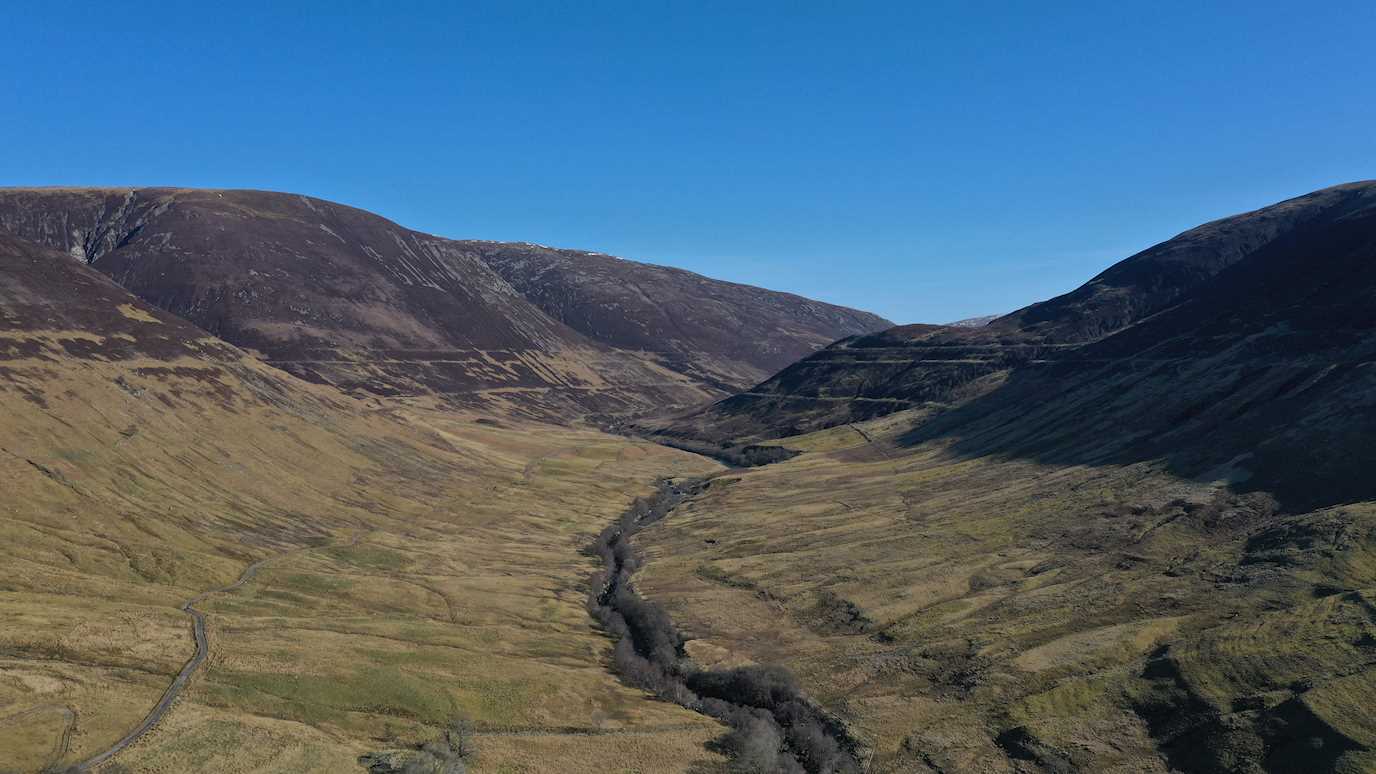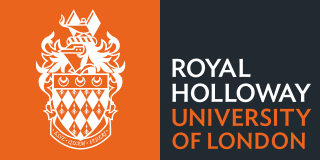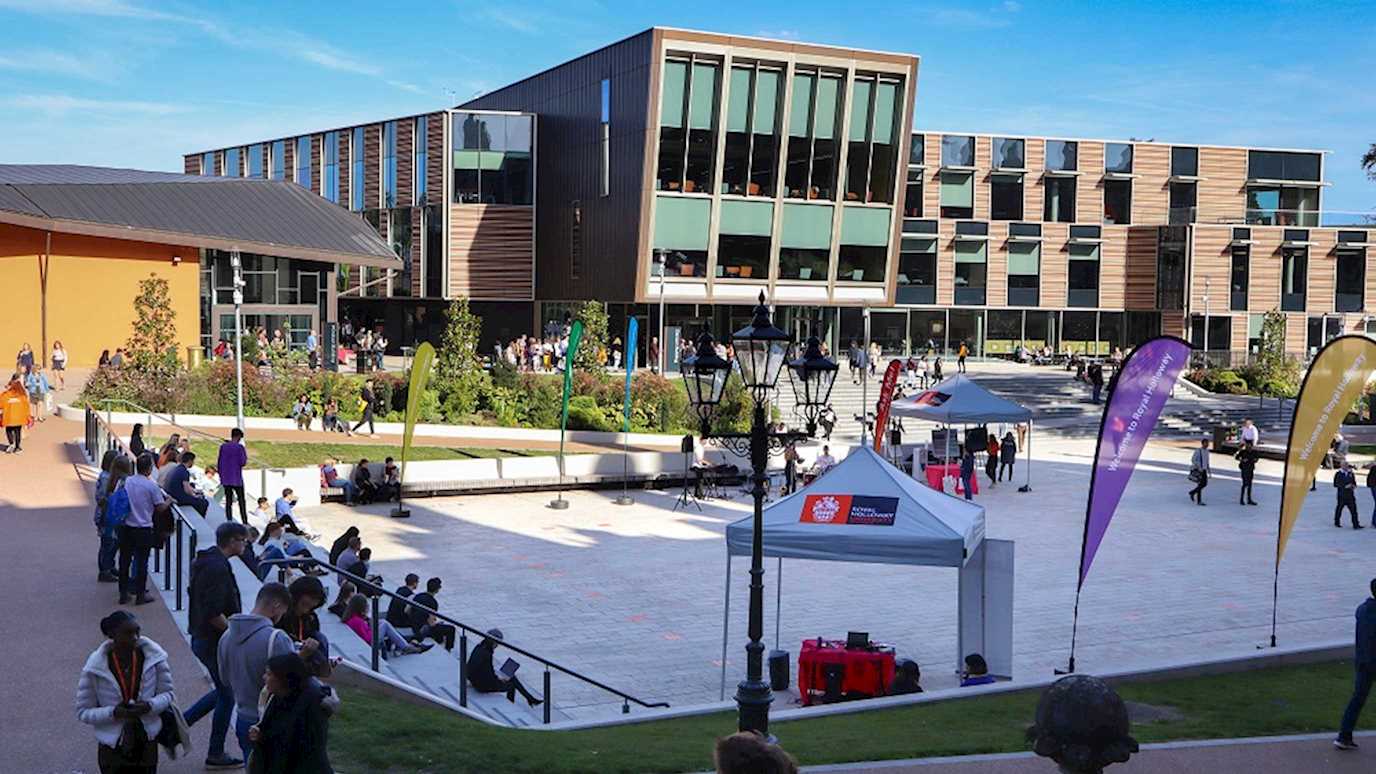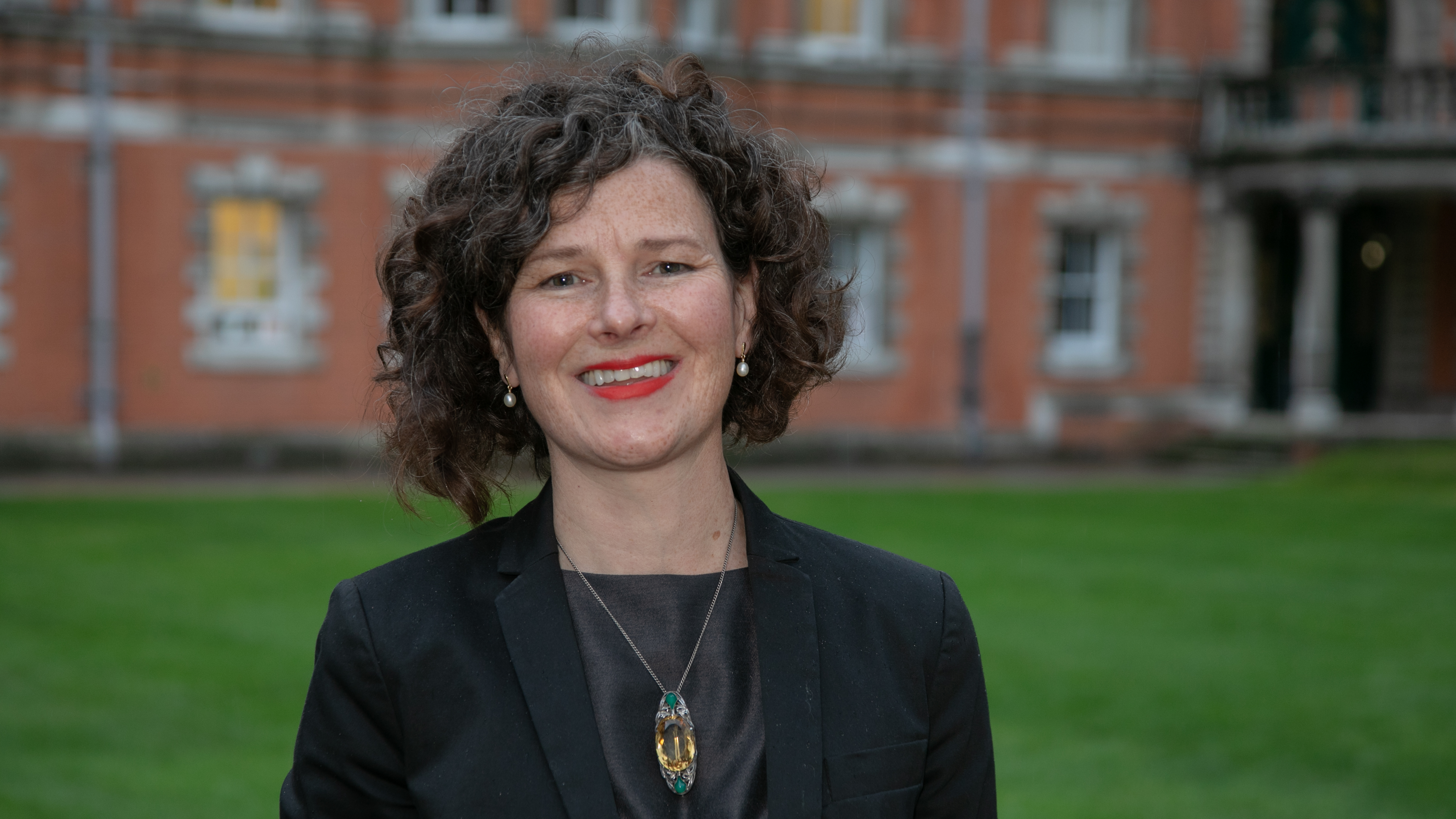A team of academics, including Royal Holloway, have successfully petitioned for a special geological area in the Highlands of Scotland to gain acknowledgment from The International Union of Geological Sciences (IUGS) Geological Heritage Sites.

Glen Roy, near Fort William
The application, made last year with members of St Andrew’s University, nominated the stunning Parallel Roads of Glen Roy near Fort William, to be accepted for its importance in the ‘History of Geology’ section as a site of great scientific importance.
The area has been the foundation of ongoing research, teaching and outreach in the Department of Geography at Royal Holloway, and in collaboration with other British Universities, for the last 25 years.
This research has led to the understanding of how the landscape evolved at the end of the last ice age, and how the iconic suite of glacial lake shorelines underpinned the development of the Glacial Theory in the 19th century.
Since the 1840s, research on the landforms, sediments and chronology of the area has played a major role in understanding the complexity, rapidity and trajectory of landscape evolution and environmental change at the end of the last glaciation.
Dr Adrian Palmer, Senior Lecturer in Physical Geography in the Department of Geography at Royal Holloway, said: “The Parallel Roads of Glen Roy are unique features in the British landscape.
“These features generated huge scientific interest in the 19th Century when Darwin, Agassiz and Jamieson offered theories to explain how the roads came to exist. Darwin’s theory they were marine shorelines were rejected in favour of the new concept of ice ages proposed by Agassiz, and that the roads were the shorelines of former glacial lakes.
“More recently, our understanding of how the lake systems changed through time has been advanced from detailed landform analysis and examining sediments. This has enabled annual chronologies of the glacial lakes allowing us to pinpoint when the lakes formed, for how long and estimate how quickly the ice retreated.
“This data will be used to predict how modern ice caps respond to future climate warming.
“It is fantastic that this hidden treasure in the Highlands of Scotland with such a rich heritage of scientific endeavour has been recognised by the IUGS in this way.”
The IUGS announced the list of The Second 100 IUGS Geological Heritage Sites at its 37th International Geological Congress (IGC) in Busan, Republic of Korea on August 27.
More than 700 experts from 80 nations and 16 international organisations participated in this global endeavour, which consolidates the recognition of geological heritage by the IUGS.
The Second 100 IUGS Geological Heritage Sites, as with the First 100 last year, receive IUGS recognition because they are the highest scientific value and demonstrate the world’s best geologic features and processes. They are also sites of fabulous discoveries of the Earth and its history.
Recognition and visibility of the “Second 100” by IUGS can lead to their further appreciation, to their use as educational resources, and, most importantly, to their preservation.
























